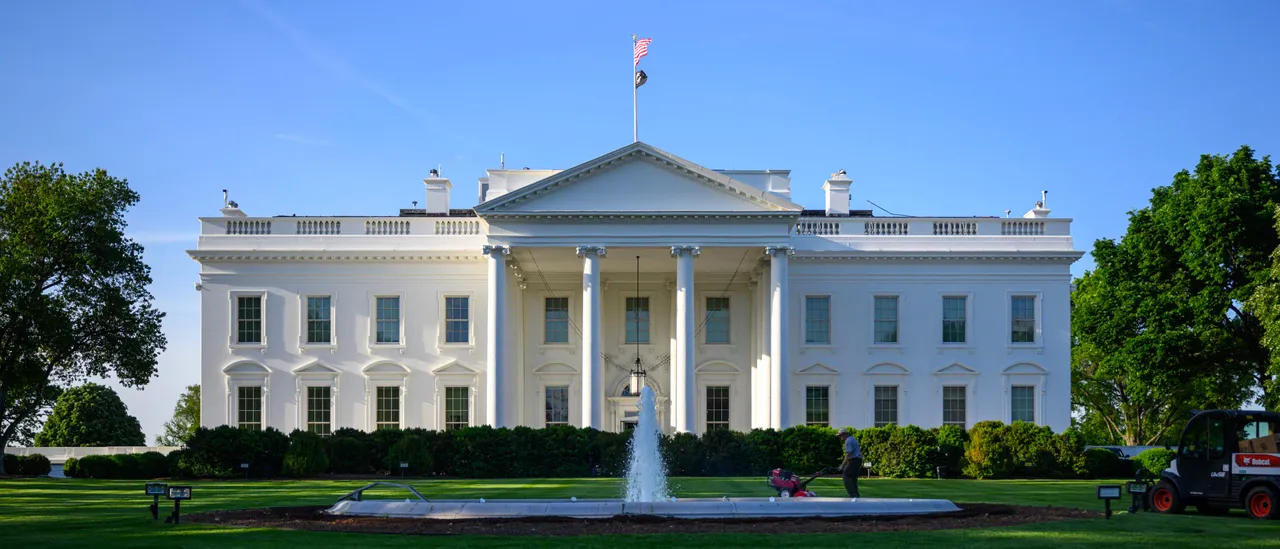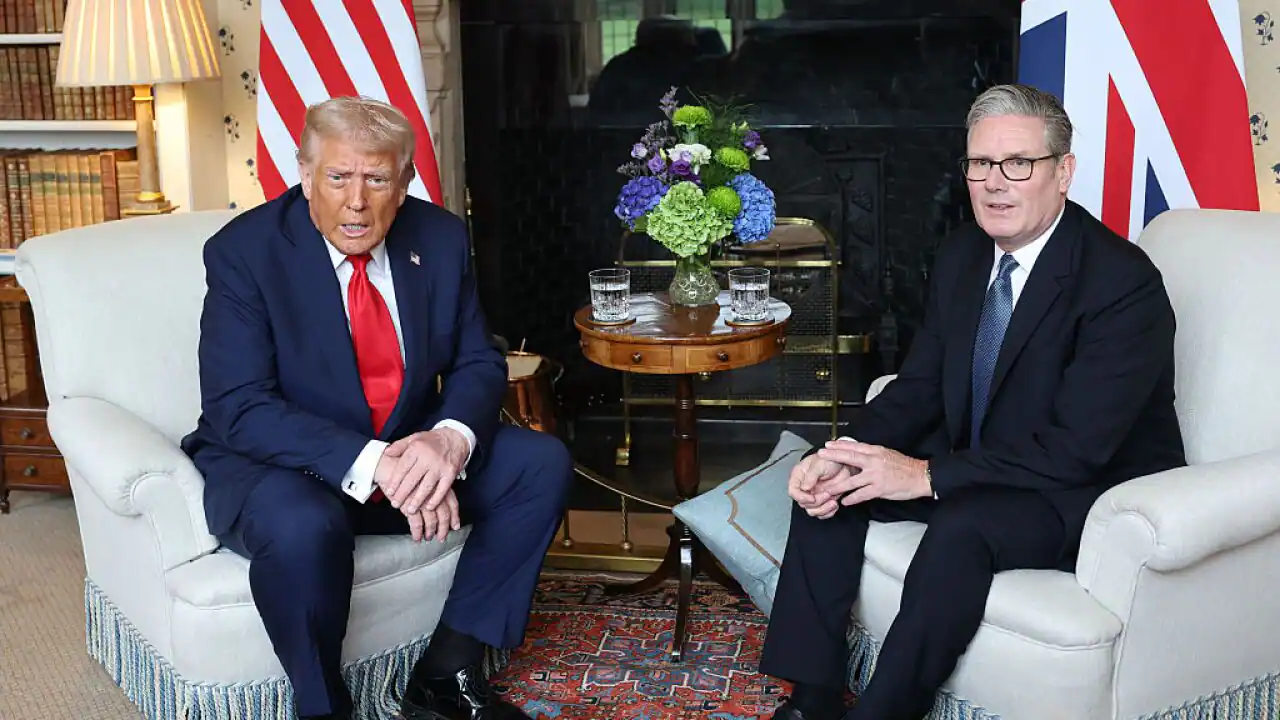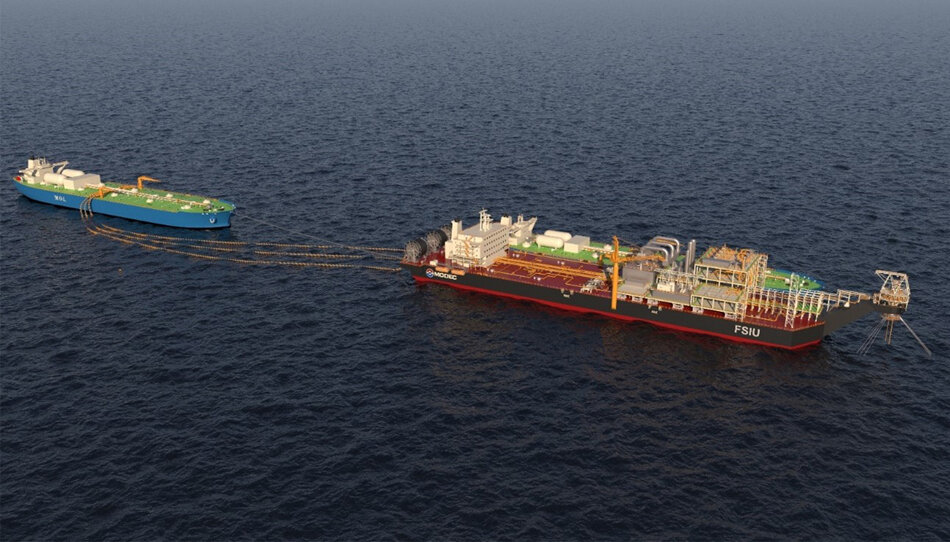By BR Research
Copyright brecorder

For much of the past five years, it would seem that businesses and consumers in Pakistan have lived in different economic worlds. Even when one looked up optimistically, the other looked down, or was less convinced to an economic recovery.
Sentiment surveys can be jerky but there are some trends that are unmissable and stay consistent. The latest business and consumer confidence indices from the SBP suggests that the gap may finally be shrinking, though not because consumers are suddenly brimming with optimism, but because businesses are catching up to the same sentiment being felt by consumers.
In the latest reading for Sep-2025, consumer confidence has slid 7 percent, while business confidence slid 5 percent compared to the previous month. When the Monetary Policy Committee began to cut down the policy rate, both economic agents started gaining some lost confidence in the economy but for businesses, the confidence incline has been closer to the mid-line than a substantive turn in economic growth would typically trigger.
In fact, optimism amongst firms has retreated in recent months to just above 51. This pullback is telling. Perhaps it is that persistent uncertainty is chipping away at earlier enthusiasm or that firms are no longer looking at government policies as pro-business. For one, the policy rate has remained constant for the past four cycles.
One of the statistics the MPC looks at in assessing for a monetary policy decision is business and confidence surveys and apparently, the cautious approach to keep rates constant comes from continued business confidence.
The Central Bank wants to keep rates positive, in the range of 3 and 5 percent to support the current account, keep import demand at rest and maintain exchange rate stability.
The rate cuts thus far were satisfactory to businesses, but they are reaching their flipping point as positive rates are keeping their cost of credit elevated. Businesses should not be hasty in their indignation. Even with higher interest rates as they desire, current account and currency stability will benefit them in the mid-term.
Consumers are perhaps a different more reticent beast to tame. Even though consumer confidence has inched up from its record lows, the recovery has been modest, still much farther away from the mid-point, trailing in the 30s, and close to covid times, but trying to meet businesses at their levels.
The fact is, consumers are extremely sensitive to inflation and their expectations of the same. Inflation has plunged from 9.6 percent in Aug-24 to 3 percent in Aug-25 which maps with inflation expectations of consumers (see graph where IE is moving down) which maps to consumer confidence increasing.
Borrowing is less costly for cars and other smaller loans. However, as floods came in, inflation is expected to make a strong return which will ensure consumer confidence moves in the opposite direction.
It is also useful to highlight that Pakistani firms for the most part have pricing power and even at times when demand has gone down, prices have not. This has ensured companies kept making money even during economic downturns. Meanwhile, consumers faced job losses, pay cuts and increment freezes while contending with higher inflation. Stagnant wages on top of higher tax burdens does not make a happy camper.
Perspective matters. Large firms have buffers or safety rails that households lack where access to credit, pricing power, and policy cushions all work together to help them ride out shocks. Consumers, especially in the middle and lower brackets, face the economy directly. Every rupee matters, and wage freezes or tax hikes cut deep. Even when inflation eases, expectations lag, and spending remains cautious.
The story now is less about soaring optimism than convergence. Businesses are no longer racing ahead, and consumers are no longer sinking further behind. Both meet in an uneasy middle, but whether that signals shared confidence or shared doubt is up for debate.



